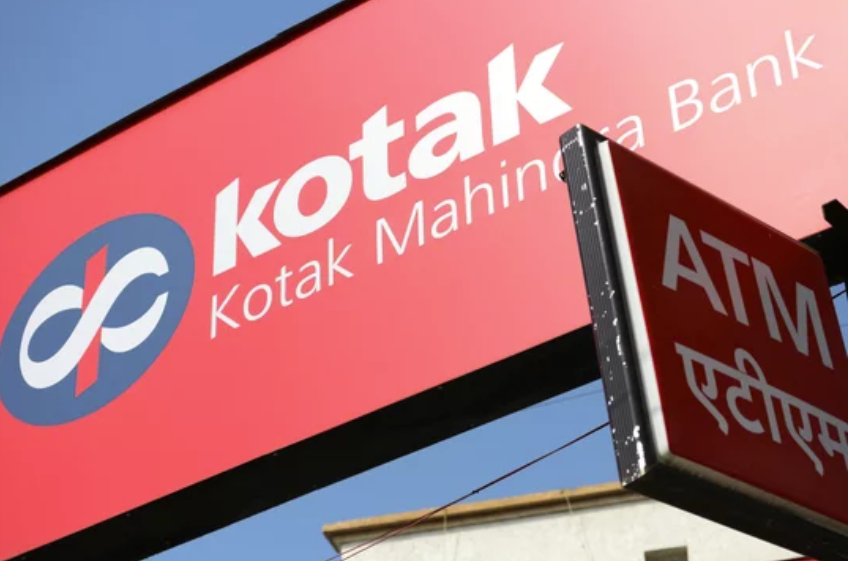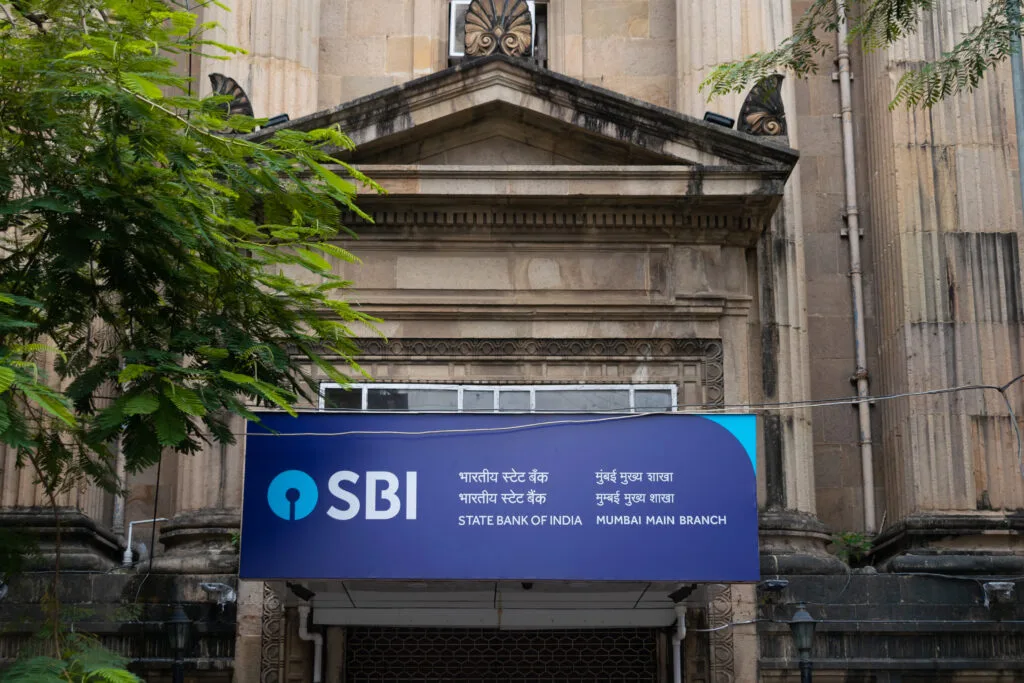
In a shocking case that exposes deep cracks in banking oversight and KYC compliance, a former branch manager of Kotak Mahindra Bank in Patna has been accused of swindling over 31 crore rupees from a government account. What’s worse? He didn’t use it to build assets or hide it offshore. He gambled it all away on betting platforms abroad.
Here’s a detailed breakdown of the scam that shook Bihar’s banking and governance system.
Who Is the Man Behind the Scam?
The accused, Sumit Kumar, served as the branch manager of Kotak Mahindra Bank’s Exhibition Road branch in Patna. Trusted with overseeing customer transactions and ensuring compliance with RBI norms, Sumit instead orchestrated one of the most brazen internal frauds in recent memory.
How the ₹31.93 Crore Fraud Was Carried Out
The fraud came to light when investigators noticed multiple suspicious transactions from the District Land Acquisition Officer (DLAO) account—a government account handling public funds earmarked for land compensation projects.
Between November and December 2020, Sumit Kumar executed 13 fraudulent RTGS (Real-Time Gross Settlement) transactions, siphoning off funds from the DLAO’s account. Shockingly, he forged official signatures and created fake documents to authorize these transfers.
But what’s more alarming is how he misused KYC (Know Your Customer) data. Sumit created fake customer accounts using Aadhaar and other credentials of unaware customers, rerouting the stolen funds through these dummy accounts. This helped him obscure the money trail and buy time before the fraud could be detected.
Where Did the Money Go?
Instead of laundering the money into real estate or businesses, Sumit took an even riskier route—online gambling.
Investigations revealed that the stolen money was sent to 21 betting accounts, including international platforms such as Betway (South Africa) and 12Bet (Philippines). These platforms are often used by offshore syndicates, and the money may be hard to trace or recover completely.
How Was the Fraud Detected?
In early January 2021, an alert system triggered suspicion when someone attempted to make a large withdrawal via RTGS from the same government account. That was the moment when the scam began to unravel.
Internal audits and law enforcement agencies, including the Patna Police’s Economic Offences Unit (EOU) and the Enforcement Directorate (ED), were roped in.
By July 2023, the ED arrested Sumit Kumar under the Prevention of Money Laundering Act (PMLA). The investigation further exposed his associates:
- Shashikant Kumar, who helped transfer funds
- Mannu Singh, who routed a portion—around ₹3 crore—into additional bank accounts
ED Takes Swift Action
In September 2023, a special PMLA court officially took cognizance of the case. The ED also filed a detailed prosecution complaint outlining the mechanics of the fraud, the paper trail, and the ongoing probe into other accomplices.
Later, in January 2025, the ED provisionally attached properties and bank assets worth ₹1.66 crore linked to the fraud. But that’s only a fraction of the total amount stolen.
What Went Wrong at Kotak Mahindra Bank?
This incident isn’t just about one rogue manager. It raises troubling questions about:
- Banking Oversight: How did such large transactions go unnoticed?
- KYC Failures: How did fake accounts slip past verification?
- RTGS Lapses: How were forged authorizations accepted?
- Lack of Internal Auditing: Why did it take over a month to catch these discrepancies?
Kotak Mahindra Bank has yet to publicly reveal the internal audit results or any disciplinary actions taken beyond Sumit’s termination.
Lessons for the Financial System
This ₹31.93 crore fraud is a wake-up call for India’s banking and public fund management systems. Here are key takeaways:
- Stronger KYC protocols are needed to prevent misuse of identity documents.
- Dual authentication for government-linked accounts should become the norm.
- AI-powered transaction monitoring could flag unusual activities early on.
- Transparency from banks is essential to restore public trust.
Timeline of Events
| Date | Event |
|---|---|
| Nov–Dec 2020 | ₹31.93 Cr transferred from DLAO account via 13 fake RTGS transactions |
| Jan 2021 | Fraud detected after suspicious withdrawal attempt |
| Jul 10, 2023 | Sumit Kumar arrested by ED under PMLA |
| Sep 5, 2023 | Special PMLA court acknowledges prosecution |
| Jan 2025 | ED attaches ₹1.66 Cr in assets related to scam |
Final Thoughts
This scandal doesn’t just damage Kotak Mahindra Bank’s credibility—it also erodes public faith in how government funds are managed. While ED has taken commendable action, the full recovery of ₹31.93 crore still seems distant.
Banking institutions, especially private ones handling public funds, must revamp their internal systems, conduct regular audits, and most importantly, protect the trust of the customers and citizens they serve.

